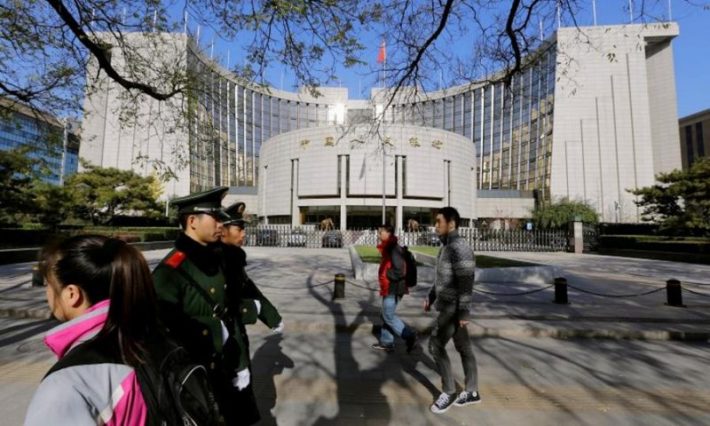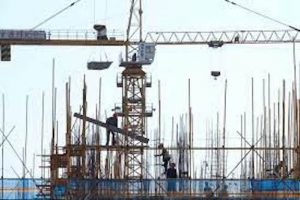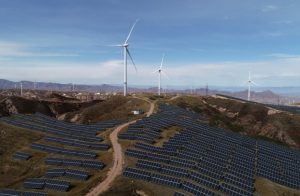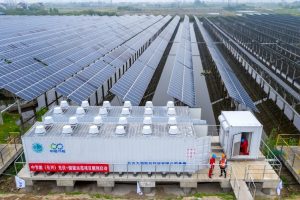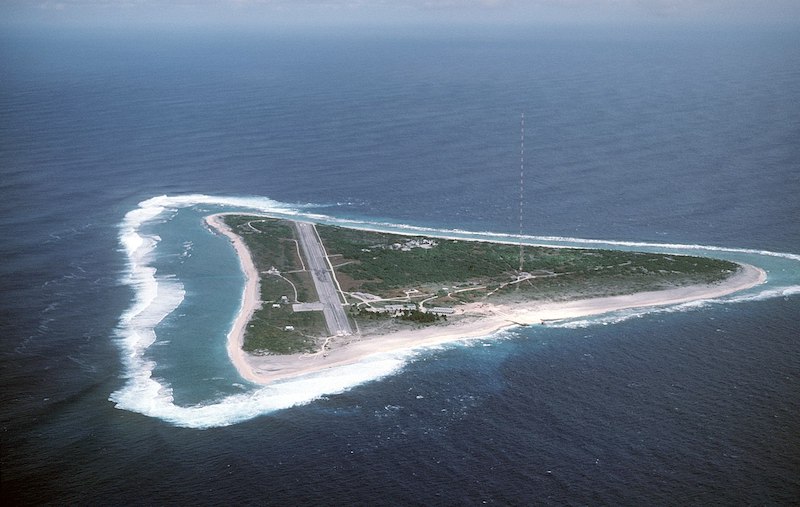The reaction from analysts to the Chinese central bank cutting short- and long-term rates by 10 basis points on Monday looks to have been largely positive, although many said more stimulus is need.
The People’s Bank of China said it was aiming to support growth, and many commentators felt there was an urgent need to do this if Beijing is to meet it’s 5% growth goal for this year. Some analysts now anticipate that a cut in banks’ reserve ratio requirements (RRR) could be next.
The PBOC cut rates on its seven-day reverse purchase agreements, leading to a similar drop in its loan prime rates (LPR), pulling bond yields down across the curve.
ALSO SEE: China Faces Scepticism Over ‘Old’ Economic Policy Vows
Today’s move follows Beijing’s release of a policy document on Sunday outlining its ambitions for the economy.
It comes at a time when analysts are still assessing the impact of US President Joe Biden’s announcement on Sunday to not contest the election due in four months time.
Comments from multiple analysts, who spoke to Reuters, are here:
Carlos Casanova, UBP’s senior economist for Asia in Hong Kong: “We were expecting more policy support to come in July coinciding with the July politburo meeting. Inflation is 0.1%, the target is 3%. The gap is enormous.
“In fact, a lot more stimulus is still needed. I was expecting that PBOC would do something around the 7-day reverse, because they pivoted earlier last month to money market rates. That was not a surprise.
“So I think the decision… for banks to also cut the 1- and 5-year LPR exceeds my expectations. Today’s announcement is bigger than what I was originally expecting.”
Tommy Xie, head of Greater China Research at OCBC in Singapore: “Renewed hope for more monetary policy support has heightened following the third plenum, which emphasised economic reform as a main focus of further comprehensive reforms.
“The third plenum also set a target to complete all these reforms within five years. This relatively short timeframe indicates that China needs to do more to grow the pie further in order to build a high-standard socialist market economy.
“The next key event to watch is reserve requirement ratio (RRR). With almost 1 trillion yuan in Medium-term Lending Facility (MLF) maturing in August and September, there is a window for the PBOC to replace some of this liquidity with more permanent injections via RRR cut.”
Kiyong Seong, lead Asia macro strategist at Societe Generale in Hong Kong: “Today’s 7-day RR cut… could spark a further China bond market rally with resurrected monetary easing expectations. However, that’s what the PBOC has tried to avoid.
“In this context, the PBOC adds to another layer of supporting local institutions’ long-dated bond selling with smaller collateral for MLF. In other words, it can be interpreted that a lack of collateral for MLF may not be an excuse of holding long-dated bonds anymore.”
Ju Wang, head of Greater China FX and rates strategy at BNP Paribas: “The PBOC starts to implement pro-growth policy, consistent with the message out of the Plenum – authorities are committed to reach [the] whole-year GDP target, and policies will adjust after the disappointing Q2 GDP.
“Rising Fed cut expectation also gives PBOC room to do so. Knee-jerk reaction is negative for CNH [China’s offshore yuan], but we think if non-monetary policies are going to step up here, USD-RMB [reminbi/yuan] should still be stabilised around the current level, especially given now that the market is looking for a Fed cut in September.”
Lynn Song, chief China economist for ING in Hong Kong: “We believe the PBOC held back from monetary easing in the past few months in large part due to its priority to maintain currency stability amid a strong dollar trend.
“The recent dovish developments in the US and slight softening of the dollar over the past month may have created a suitable window for the PBOC to cut rates.”
Signs of a pro-growth shift?
Ben Bennett, head of investment strategy for Asia at LGIM in Hong Kong: “It’s interesting timing coming straight after the third plenum and possibly signals a pro-growth shift. Let’s see if the July politburo follows up with more support.”
Gary Ng, senior Asia-Pacific economist at Natixis in Hong Kong: “What is surprising to me is that the authorities had probably focused a bit more on the foreign exchange rate and volatility before, but maybe right now they think that the US dollar may not be as strong as before and this time, it opened a door of opportunity for them to act.
“Basically, I think the general trend is that it’s pretty much in line with the fact that the economy is not that great, and it seems that there’s a bit of urgency from the authorities to stimulate it now.”
Mo Ji, chief China economist at DBS in Hong Kong: “The move was in line with the policy direction set in the Third Plenary meeting – the authorities’ focus is on reviving domestic demand, in addition to supply-side reform. Lower short-term rates should counter weak money demand and supply.
“Meanwhile, the PBOC announced that for the MLF participating institutions that intend to sell mid- to long-term bonds, collateral requirement will be reduced progressively. This could potentially encourage the sales of long-tenor bonds, thereby steepening the yield curve.”
Frances Cheung, head of FX and rates strategy at OCBC in Singapore: “I think more supportive measures are needed, but still encouraging so far.
“[The] PBOC would like to support growth with liquidity injection while considering long-end yields as too low; PBOC may finally pull the triggers on bond selling under monetary operations. Next to watch will be a potential RRR cut.”
- Reuters with additional editing by Jim Pollard
ALSO SEE:
China’s Central Bank to Begin Tweaking Bond Market Liquidity
China’s Central Bank Moves to Cool Bonds Market Trading
China Central Bank’s Bond Trading Goal Hit by ‘Asset Famine’
China Seen Freezing Lending Rate, Cutting Mortgage Benchmark
China Told it Must ‘Reinvent Itself’ to Turn Economy Around
‘Garbage Time’ – China’s New Expression of Economic Despair
40 China Banks Hit by Debt, Slowdown ‘Merged’ in 2024 – N’week
Conflicting Goals Could Limit Outcomes From China’s Plenum
Climate Crisis Has Cost China Billions Already This Year




